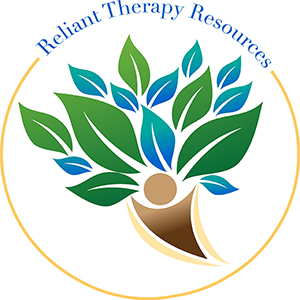The Under-Served Population: Recreational and Aquatic Therapy Needs

In the world of healthcare and therapy, it’s essential to recognize and address the needs of every individual. One area that often goes overlooked is the demand for recreational and aquatic therapy. While these therapies offer a range of benefits, from physical rehabilitation to mental well-being, a significant portion of the population remains under-served. Let’s delve into the statistics that shed light on this issue and understand why it’s crucial to bridge this gap.
The Growing Need for Recreational and Aquatic Therapy
- Aging Population: As the global population ages, the incidence of age-related conditions such as arthritis, osteoporosis, and mobility issues is on the rise. Recreational and aquatic therapy can be highly beneficial for managing these conditions, but many older adults lack access to these services.
- Injury Rehabilitation: Accidents and injuries, whether sports-related or otherwise, often require specialized rehabilitation. Aquatic therapy, in particular, offers a low-impact environment that can facilitate faster recovery, but its availability is limited in many areas.
- Mental Health: The therapeutic benefits of water-based activities are well-documented, especially for individuals dealing with stress, anxiety, or depression. However, many mental health facilities do not offer aquatic therapy as part of their treatment options.
Under-Served Populations: Who’s Missing Out?
- Rural Communities: Access to specialized therapy services is often limited in rural areas. The lack of facilities and trained professionals means that many individuals in these communities cannot access recreational or aquatic therapy easily.
- Low-Income Groups: Economic barriers, including the cost of therapy sessions and transportation to facilities, prevent many low-income individuals from benefiting from these therapies.
- People with Disabilities: While there is a growing awareness of the importance of inclusivity, many facilities are still not fully accessible or equipped to cater to individuals with disabilities, thereby excluding them from essential therapeutic services.
Addressing the Gap: Steps Forward
- Increase Awareness: Educating the public and healthcare providers about the benefits of recreational and aquatic therapy can help create a demand for these services and encourage the establishment of more facilities.
- Policy Changes: Governments and healthcare organizations need to prioritize funding and resources for expanding access to recreational and aquatic therapy, especially in under-served areas.
- Training and Certification: Investing in training programs for therapists and healthcare professionals can ensure that there is a qualified workforce capable of delivering these specialized services.
- Community Initiatives: Collaborative efforts involving local communities, healthcare providers, and non-profit organizations can help create accessible and inclusive recreational and aquatic therapy programs.
Conclusion
The statistics highlight a clear disparity in access to recreational and aquatic therapy services, with many under-served populations missing out on the benefits these therapies offer. Addressing this gap requires a concerted effort from policymakers, healthcare providers, and communities to ensure that everyone, regardless of their location or economic status, has access to the therapeutic services they need. By investing in expanding access and raising awareness, we can work towards a more inclusive and equitable healthcare system that meets the diverse needs of all individuals.
